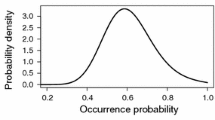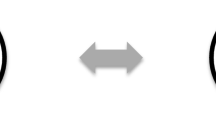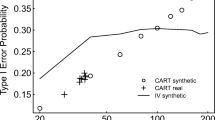Abstract
Strong inference is a powerful and rapid tool that can be used to identify and explain patterns in molecular biology, cell biology, and physiology. It is effective where causes are single and separable and where discrimination between pairwise alternative hypotheses can be determined experimentally by a simple yes or no answer. But causes in ecological systems are multiple and overlap** and are not entirely separable. Frequently, competing hypotheses cannot be distinguished by a single unambiguous test, but only by a suite of tests of different kinds, that produce a body of evidence to support one line of argument and not others. We call this process “adaptive inference”. Instead of pitting each member of a pair of hypotheses against each other, adaptive inference relies on the exuberant invention of multiple, competing hypotheses, after which carefully structured comparative data are used to explore the logical consequences of each. Herein we present an example that demonstrates the attributes of adaptive inference that have developed out of a 30-year study of the resilience of ecosystems.
Similar content being viewed by others
Author information
Authors and Affiliations
Additional information
Received 14 November 2000; accepted 15 June 2001.
Rights and permissions
About this article
Cite this article
Holling, C., Allen, C. Adaptive Inference for Distinguishing Credible from Incredible Patterns in Nature. Ecosystems 5, 319–328 (2002). https://doi.org/10.1007/s10021-001-0076-2
Issue Date:
DOI: https://doi.org/10.1007/s10021-001-0076-2




